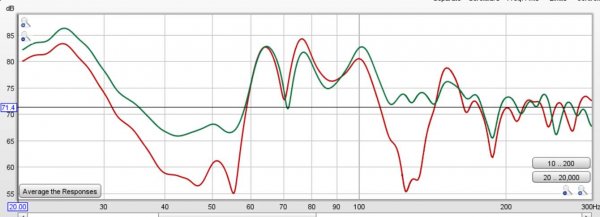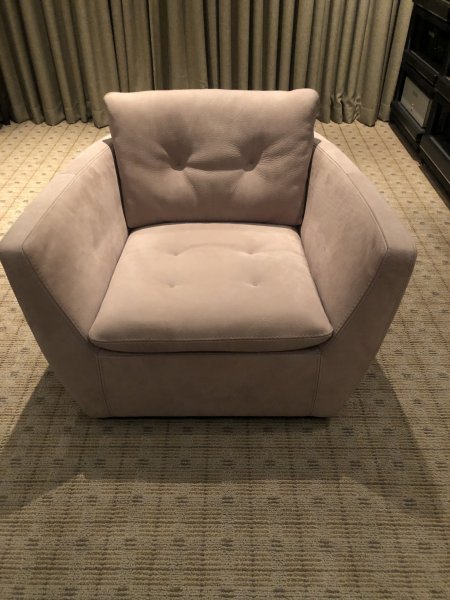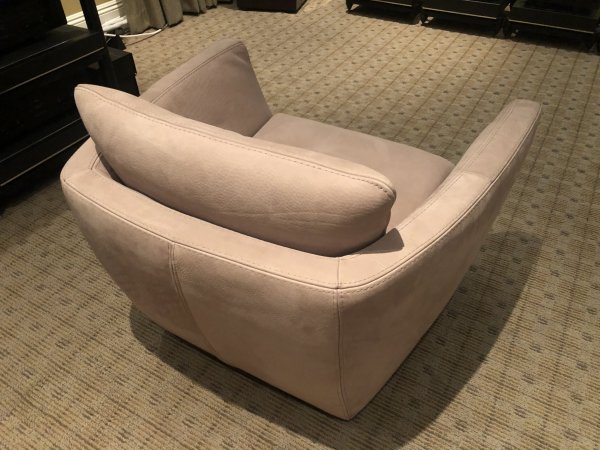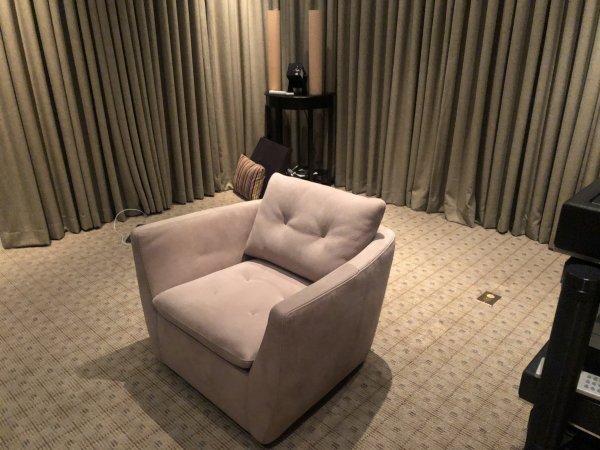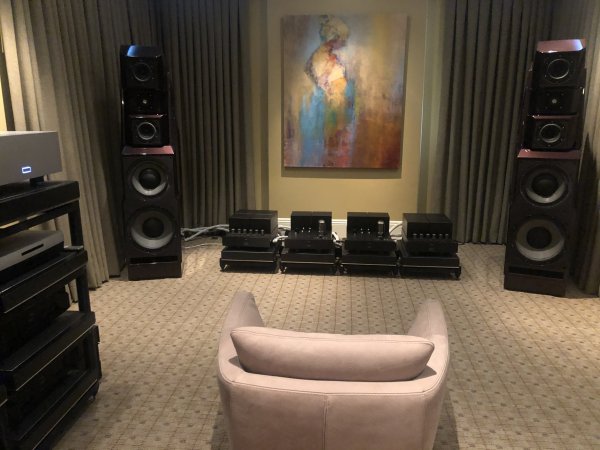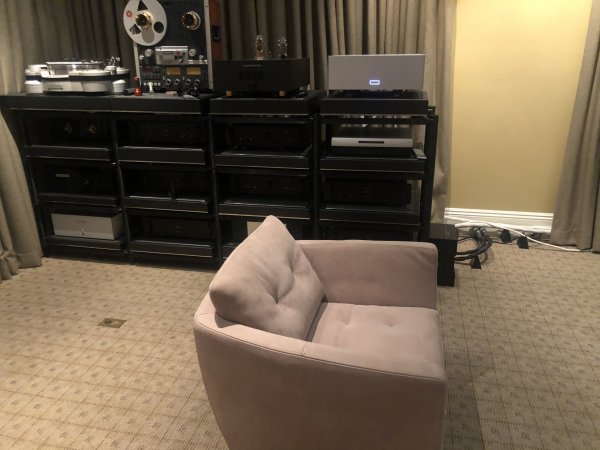Considering Jim Smith would anchor first the seating position then set speakers—which is somewhat conflicting with the Wilson method which typically has speakers a little bit deeper into corners than many would expect, whats best?
I have had several visitors to my room want to monkey with my speaker position to increase depth of soundstage, but as they sit (done by a very skilled setup guy starting with WASP) I seem to get the best of pace, rhythm, timing, and dynamics even though soundstage does sometimes seem a wee bit shallow compared to having the speakers out into the room. Moving speakers seems a bit risky as for every gain there may be losses, e.g. more depth may be traded for less slam.
The one guy who most wanted to move my speakers about had been hearing them when I had multiple people in the room, with rear curtains somewhat opened. When there were just a couple of us in the room, with curtains in the rear drawn across stairs and hallway, (as it is for most listening) he said he felt the soundstage grew in depth and he was less inclined to monkey-about.
All said, I’m willing to see what I hear moving forward a bit. I know my ratio is currently >1.
I have had several visitors to my room want to monkey with my speaker position to increase depth of soundstage, but as they sit (done by a very skilled setup guy starting with WASP) I seem to get the best of pace, rhythm, timing, and dynamics even though soundstage does sometimes seem a wee bit shallow compared to having the speakers out into the room. Moving speakers seems a bit risky as for every gain there may be losses, e.g. more depth may be traded for less slam.
The one guy who most wanted to move my speakers about had been hearing them when I had multiple people in the room, with rear curtains somewhat opened. When there were just a couple of us in the room, with curtains in the rear drawn across stairs and hallway, (as it is for most listening) he said he felt the soundstage grew in depth and he was less inclined to monkey-about.
All said, I’m willing to see what I hear moving forward a bit. I know my ratio is currently >1.


